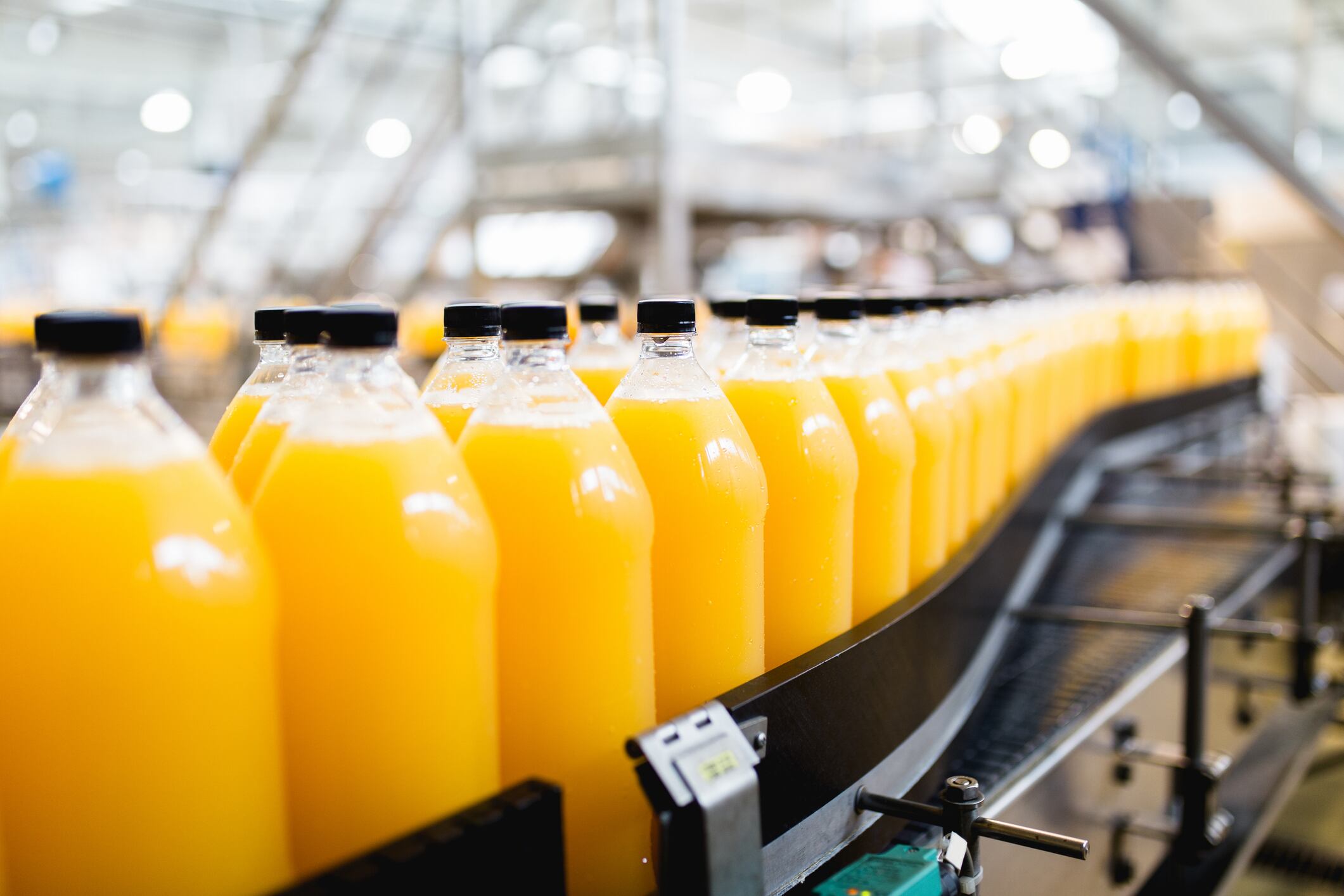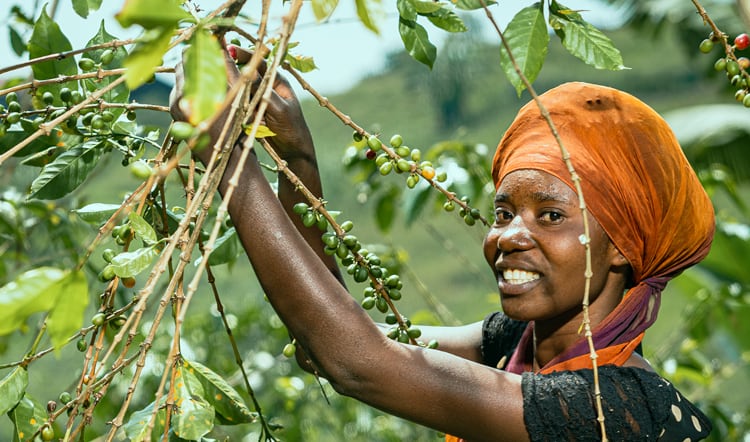Citrus production in the northern hemisphere is falling, with analysis from the World Citrus Organisation (WCO) suggesting an 8.7% decline for the 2024/25 season. Its analysis published last November shows that the estimated 27,297 tonnes of production is almost 6% lower than the four-year average.
A similarly dismal picture has been echoed by the United States Department of Agriculture (USDA) more recently, which has forecast global orange production for the 2024/25 season at 45.2 million tonnes. This is a drop of 662,000 tonnes (-1.4%) on the previous year.
Whilst Brazil has seen higher production levels – forecast at 13 million tonnes this year (an increase of 700,000 tonnes) – it has been more than offset by lower crop yields in Egypt, Turkey and the US.
Production in the US is forecast at just 2.2 million – its lowest in 88 years and a 10% fall on 2023/24. This is likely to be a result of Hurricane Milton in Florida alongside citrus greening (a bacterial infection that reduces the quantity and quality of citrus fruits), according to Matt Hale, global key account director for HRS Heat Exchangers.
As a result of low fruit production, it’s anticipated that US orange juice production will fall by 28% - reaching a record low of just 80,000 tonnes.
Trump’s tariff frenzy has also sparked issues, with Florida citrus giant Alico Inc recently saying it is ditching orange juice in favour of property development amidst concerns.
“We determined that it’s not economically viable for us,” CEO John Kiernan told Gulfshore Business in January.
The picture for Egyptian orange production is also bleak, with production forecast to fall by 12% to 3.7 million tonnes after years of steady increases.
“[This] was driven by the development of strong export markets by both private enterprise and the government, as well as increasing domestic consumption,” Hale said.
“The current decrease in production is due to unfavourable weather during flowering and fruit set, but despite this the country is still the most important exporter of the fruit in the world.”
Production in areas such as South Africa, Mexico and China are set to remain steady, with Morocco and Australia both up as a result of increased area, improved agronomy and favourable weather.
This has helped shift global production away from Brazil, the US and Mexico, Hale noted.
He also pointed to recent suggestions from analysts which indicate that Argentina and Peru may use this as an opportunity as they look to increase exports to Europe.
Whilst the picture is changing, Brazil, the US and Mexico continue to dominate the worldwide orange market. Between them, they are predicted to produce more than 1.25 million tonnes, with Brazil responsible for more than 80%.
But in the long-term, citrus greening will continue to keep a hold over key markets such as Brazil.
Hale also notes that overall global juice consumption has fallen, partly due to high retail prices. This is particularly impacting premium brands and not from concentrate.
“The only benefit of global declines in consumption of around 17% last year is that it has helped to balance demand with reduced stocks, as 2024/25 ended with a small surplus of around 1.2 million tonnes,” he added.
‘Will consumers be put off high prices?’
Alongside herbs and spices, UK blender Gerald McDonald specialises in citrus, soft and exotic fruit derivatives, juices, purees and comminute ingredients. Speaking with managing director Maxim McDonald to get his take, he told Food Manufacture that he’s seeing prices decline - and this is a trend set to continue in 2025.
“The expectation in price decreases is driven largely by Spain’s exceptionally large crop this season. In Spain we’re hearing operations are running at maximum capacity to process Spanish oranges, and they’ve completely eliminated imports from North African sources (Egypt, Tunisia and Morocco) that they relied on last year,” McDonald said.
“Despite market fluctuations, as a company we’ve been able to secure product due to orange juice being a major commodity. However, this hasn’t always been straightforward – the price spike in late 2023 was particularly dramatic. Also, we have not wanted to go long on stock, especially when the price was so high...a drop had to happen (and is currently happening).
“The key question now is whether consumers who have been put off by higher prices will return to orange juice as prices resettle. We’re optimistic but recognise that the market needs to stabilise to encourage widespread re-adoption.”
New avenues
Hale says that manufacturers will need to adapt as the global orange juice stage shifts and he predicts we may start to see producers moving to other fruits such as mandarin or even moving across to other beverages entirely.
“For those major players, whose businesses are based around large volumes of orange juice, then maximising efficiency at every stage is no longer a ‘nice to do’, but essential. This includes minimising the amount of energy used to remelt, pasteurise or otherwise process their products,” Hale added.





